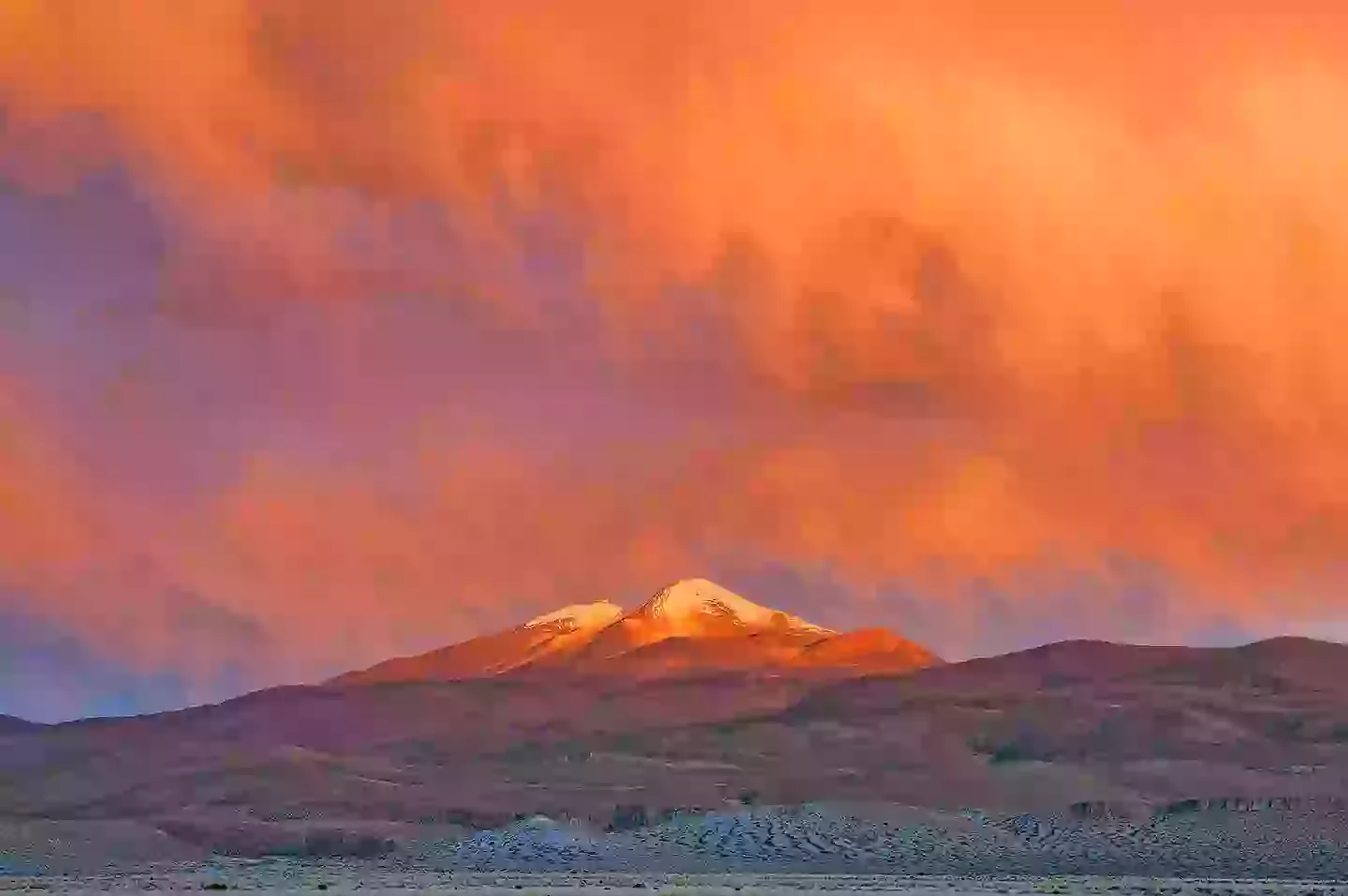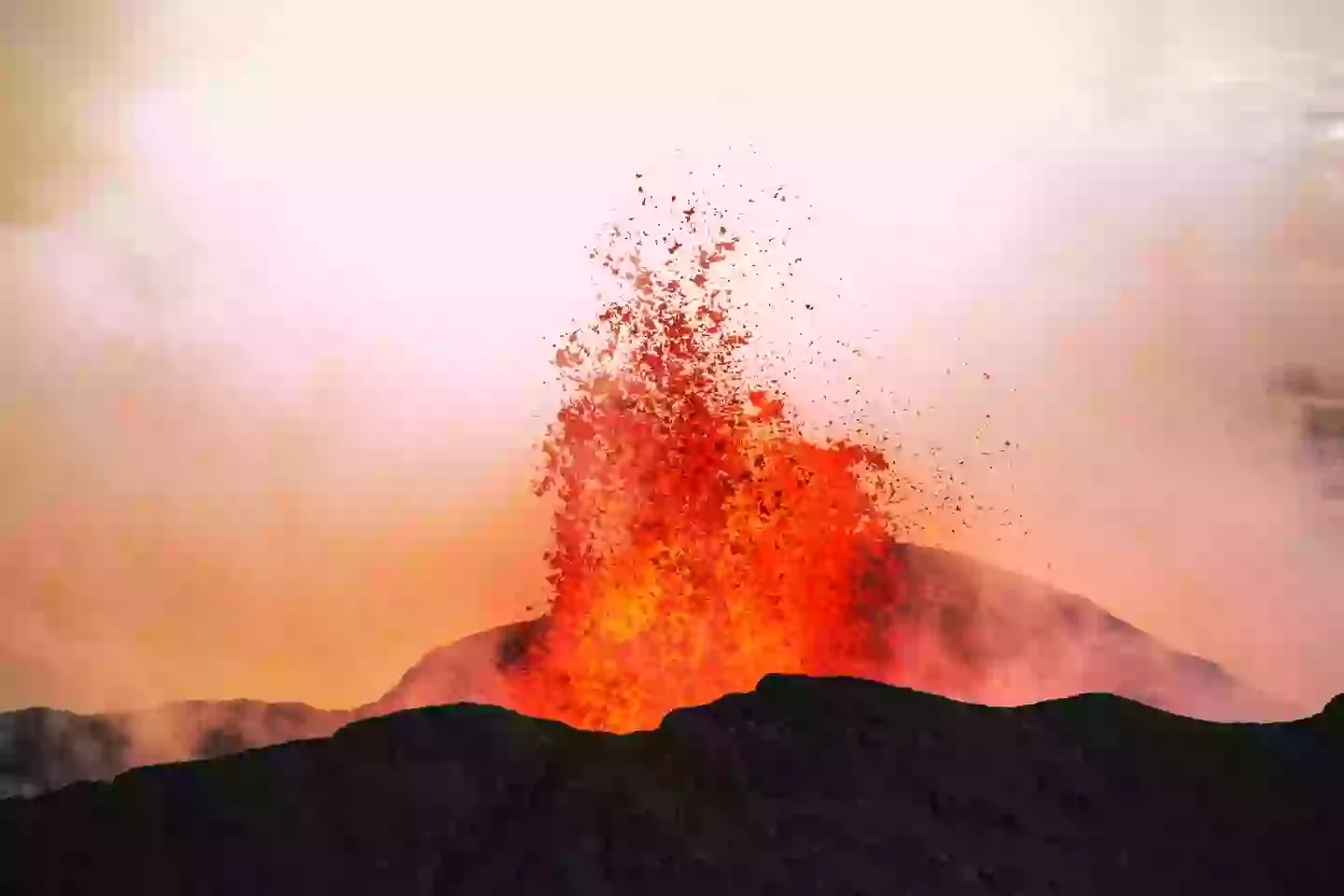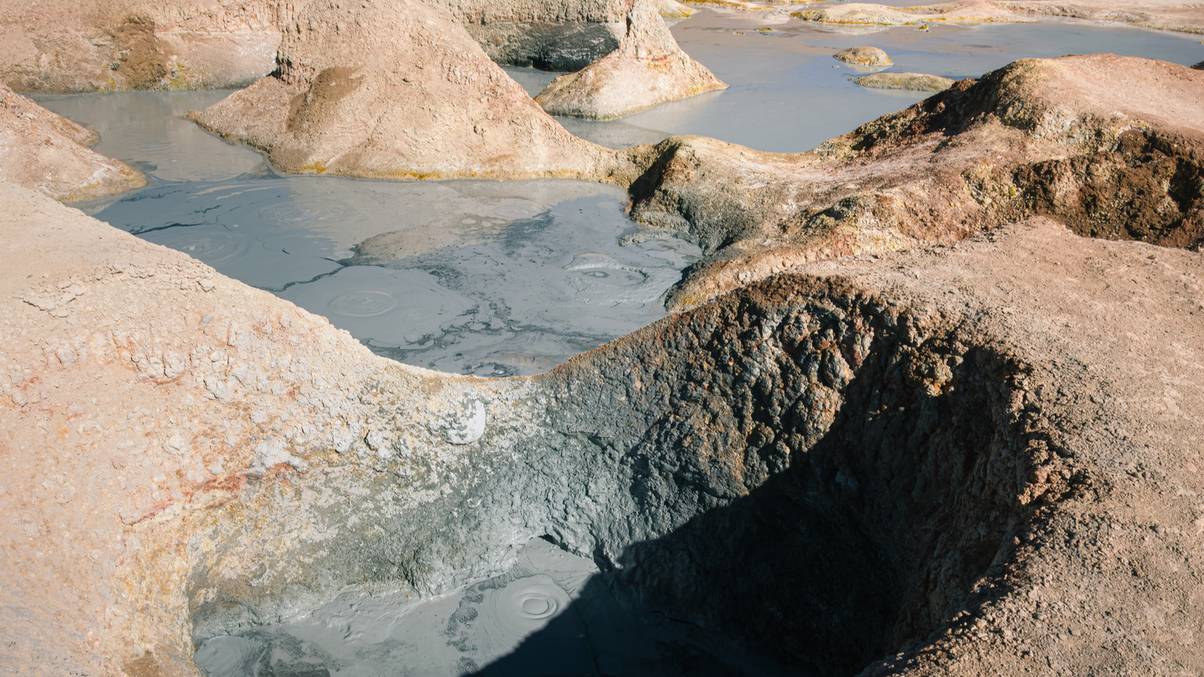Ancient ‘Zombie’ Volcano Awakens After 250,000 Years—Is Catastrophe Imminent?
Planning a trip through South America? You might want to keep one eye on the skies—and the other on the headlines. Meet Uturuncu, Bolivia’s ‘zombie’ volcano: a sleeping giant that hasn’t erupted in over 250,000 years. Yep, you read that right—this ancient beast last blew its top back when woolly mammoths were still a thing. So, naturally, you’d think it’s just a scenic backdrop for your selfies, right? Well, hold that thought. For the past couple of decades, this ‘dead’ volcano has been stirring, messing with scientists’ heads, and making parts of itself rise and sink in a sombrero-like fashion. Sounds like a geological drama you didn’t sign up for—but does it mean Uturuncu’s about to throw a fiery tantrum anytime soon? Should locals be packing go-bags? Let’s dig into the eerie science behind this oddly restless volcano and why it has everyone scratching their heads while still urging calm… for now.
Anyone planning a trip through South America may want to keep one eye on the news, as one a ‘zombie’ volcano in the region is currently showing signs of increased activity.
Located in the south west of Bolivia is the sleeping giant Uturuncu, a volcano which hasn’t erupted in over 250,000 years. Given that Uturuncu’s last eruption is nearly as old as anatomically modern humans, you’d think its pretty safe to assume the volcano is unlikely to explode any time soon, right?
Well, not entirely, as the volcano has been showing signs of a possible eruption for the past couple of decades, which has left numerous scientists stumped.
So, why is a volcano which is considered technically dead currently acting up and should nearby residents be packing a go bag?

Bolivia’s Uturuncu hasn’t erupted in 250,000 years but is showing increasing seismic activity (Getty Stock Images)
Uturuncu has been showing increased signs of seismic activity since the 1990s, with scientists noticing that the stratavolcano was taking on a ‘sombrero like’ shape as parts of the mountain were either rising or sinking.
Findings from the most recent study (published 28 April) on the volcano’s activity revealed geographical changes were down to a deep underground reservoir of magma is releasing plumes of hot fluids and gases, which is causing the ground to deform. The thought of an underground lake of magma causing the ground to become warped under our feet certainly sounds pretty terrifying, but researchers were also keen to stress it was unlikely to erupt anytime soon.
Which will certainly be music to the ears of anyone who lives in close proximity to the volcano.
The research, which involved creating high-resolution imaging of volcanic plumbing inside Uturuncu, could also be applied to other volcanoes when it comes to assessing eruption risks.

Researchers are hoping their findings will provide a greater understanding of other volcanoes around the world (Getty Stock Images)S
“Our results show how linked geophysical and geological methods can be used to better understand volcanoes, and the hazards and potential resources they present,” co-author Professor Mike Kendall, from the University of Oxford said of the findings (via MEN).
Professor Kendall’s optimism was also backed up by Cornell University’s Professor Matthew Pritchard, who explained how their research could be applied to ‘1,400 potentially active volcanoes’.
“And to the dozens of volcanoes like Uturuncu that aren’t considered active but that show signs of life – other potential zombie volcanoes,” he continued.
“When people look at volcanoes, they’re like, ‘Oh, if it’s not going to erupt, we’re not interested in it.’ But actually volcanoes that look dead on the surface are not dead underneath.”



















